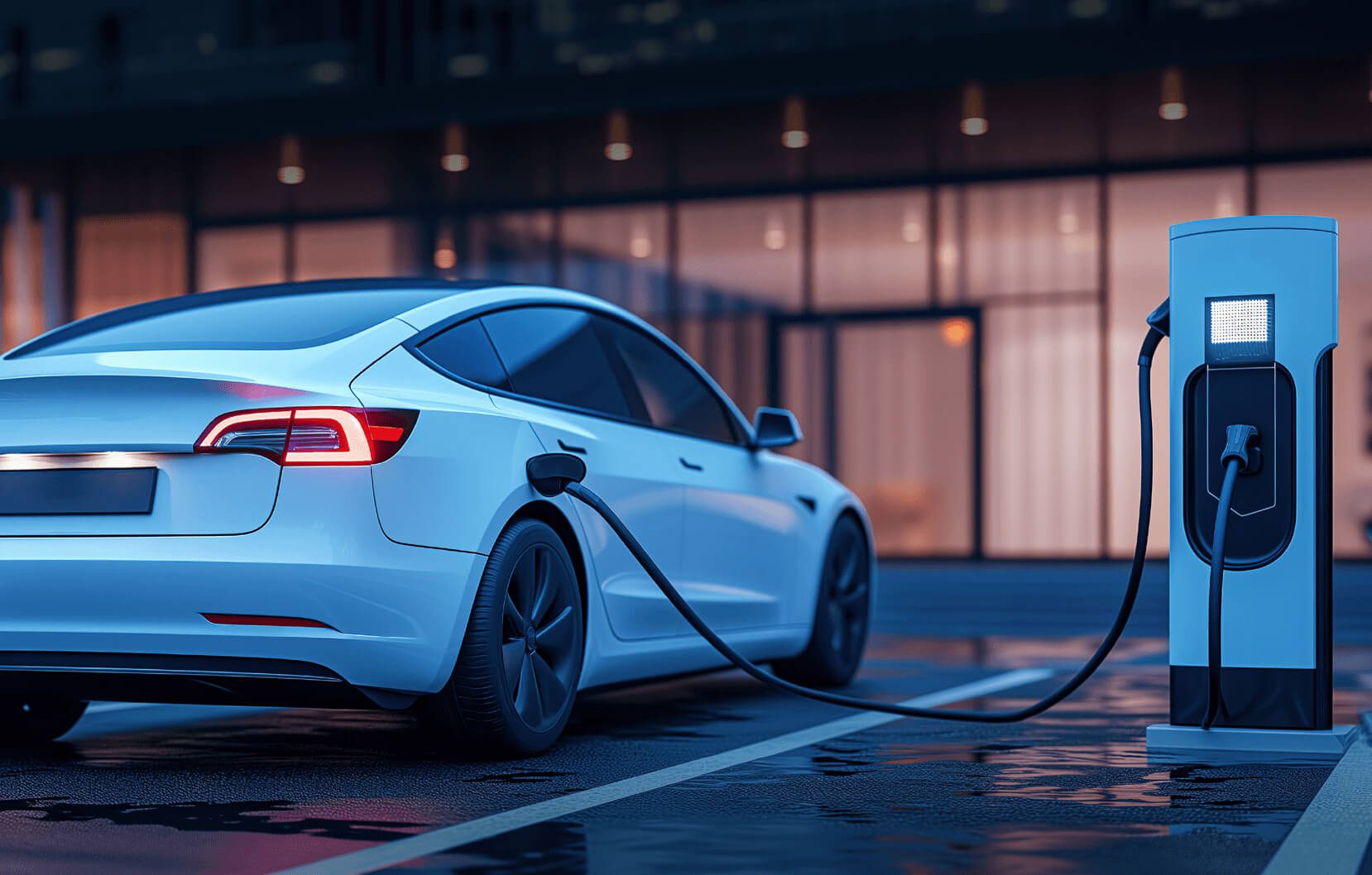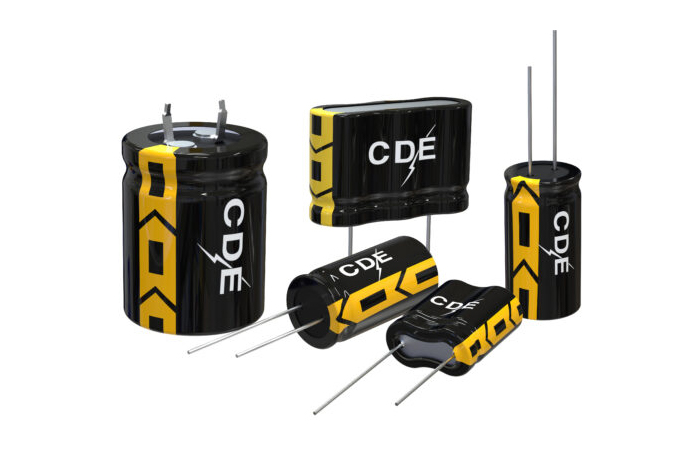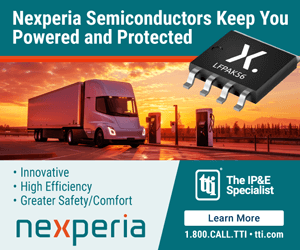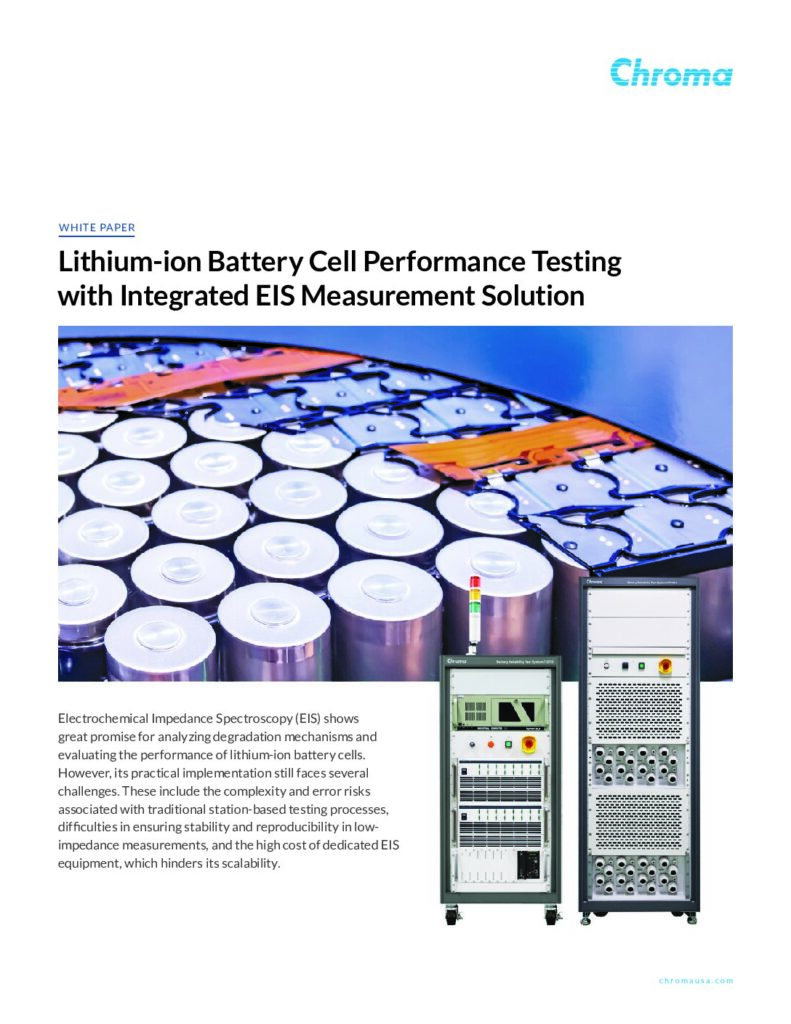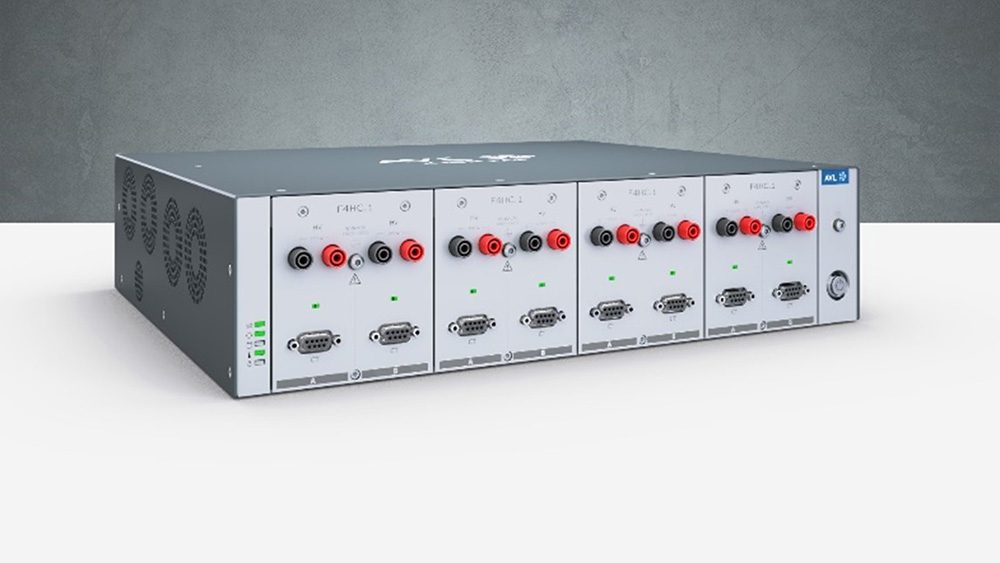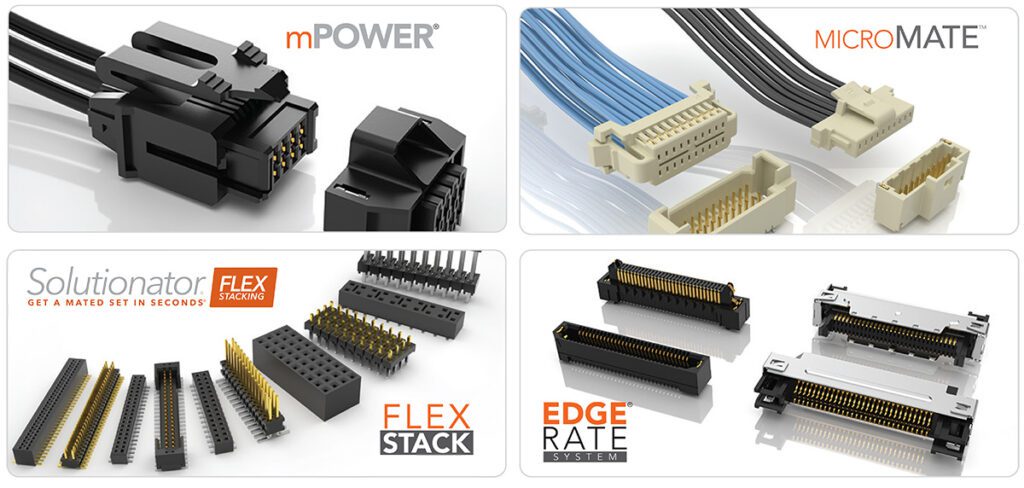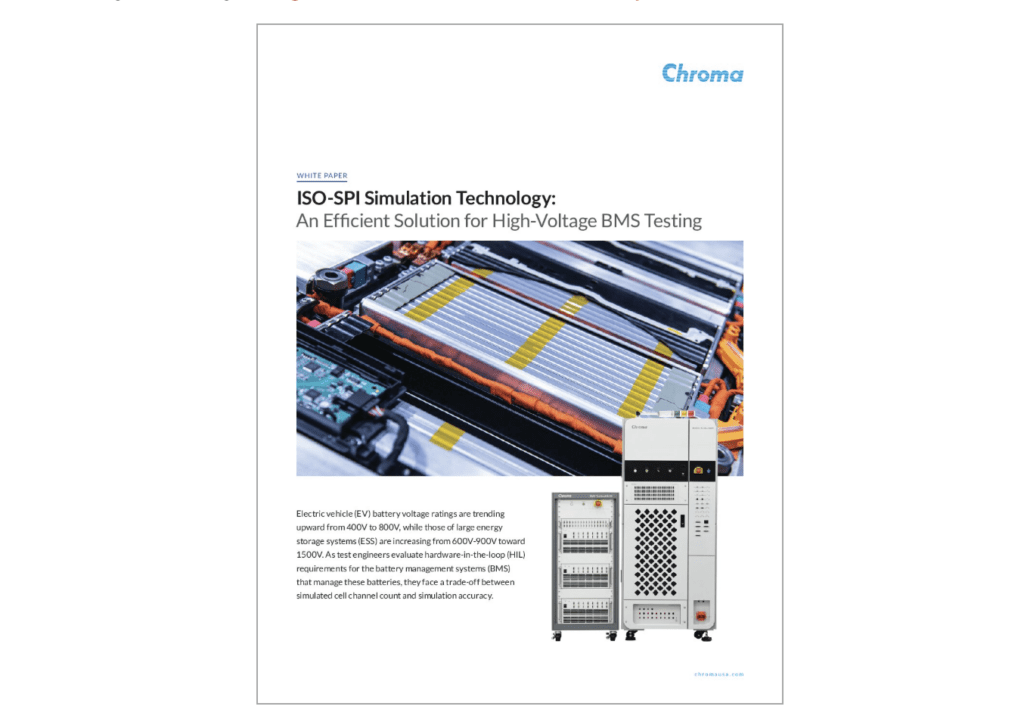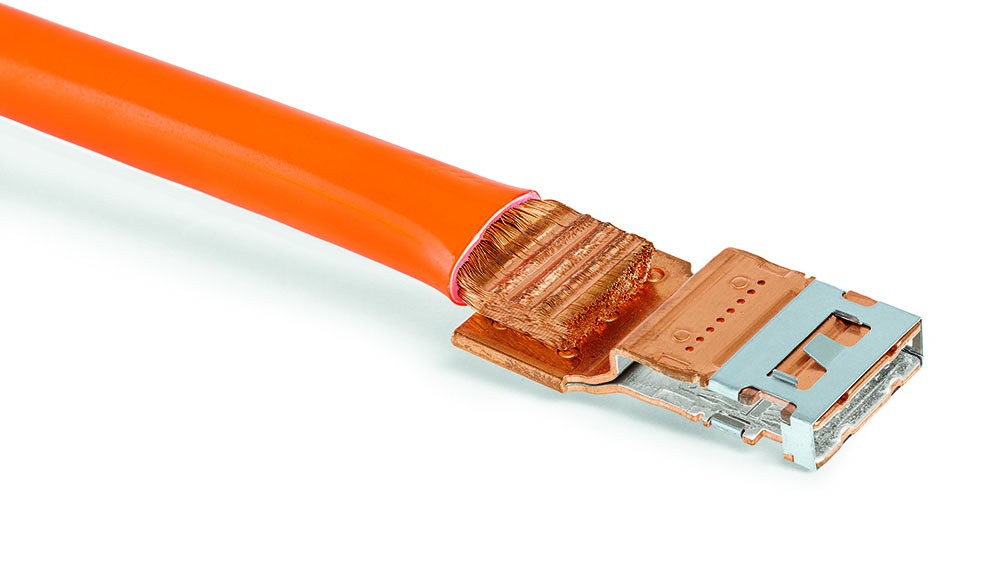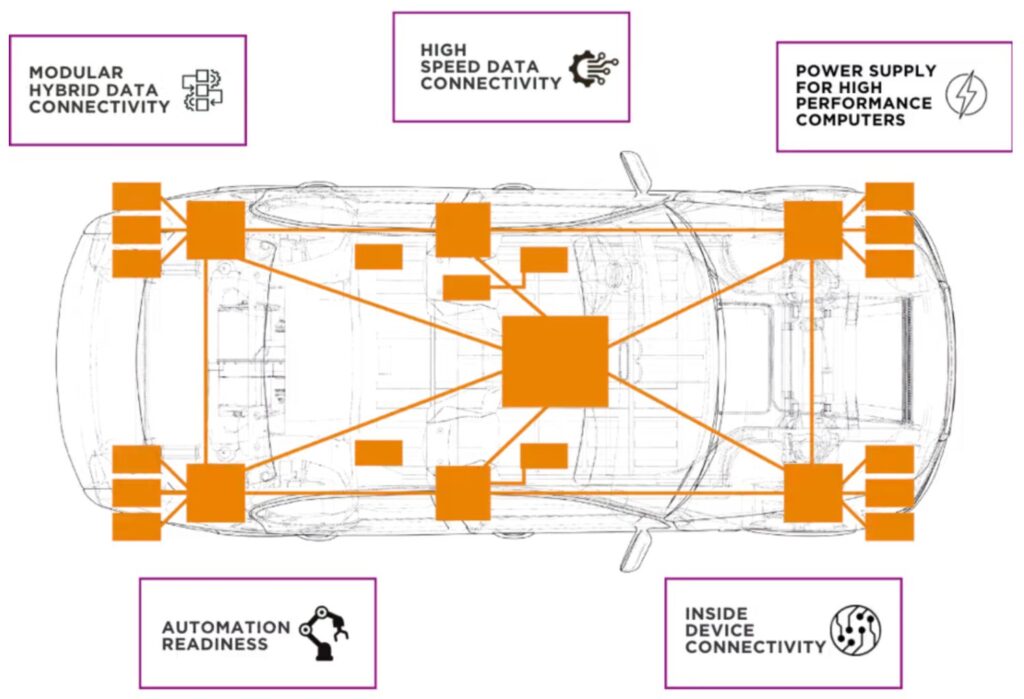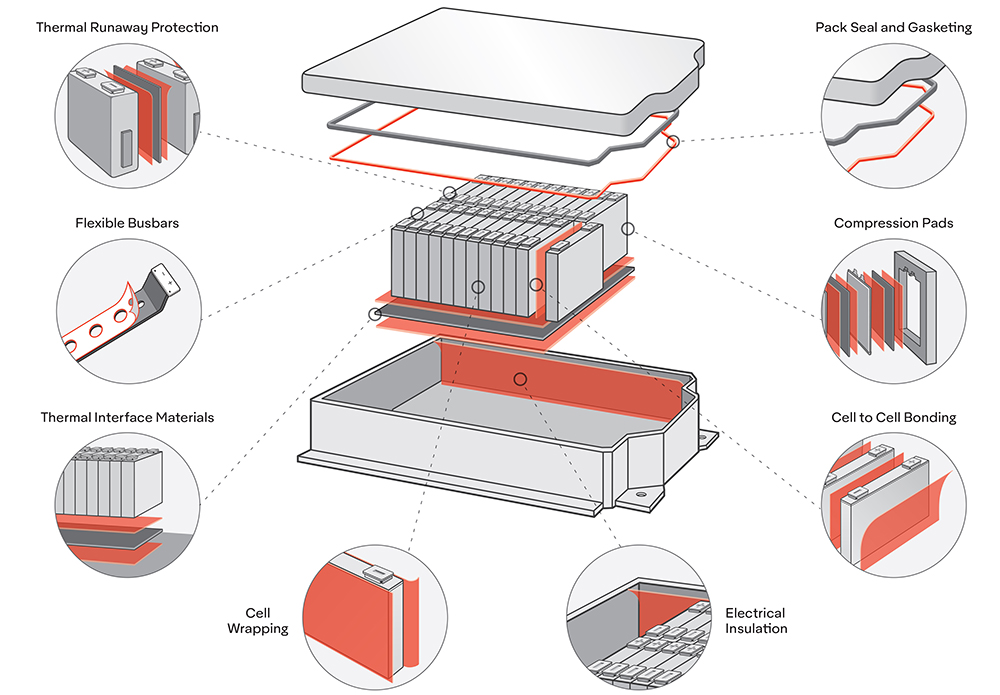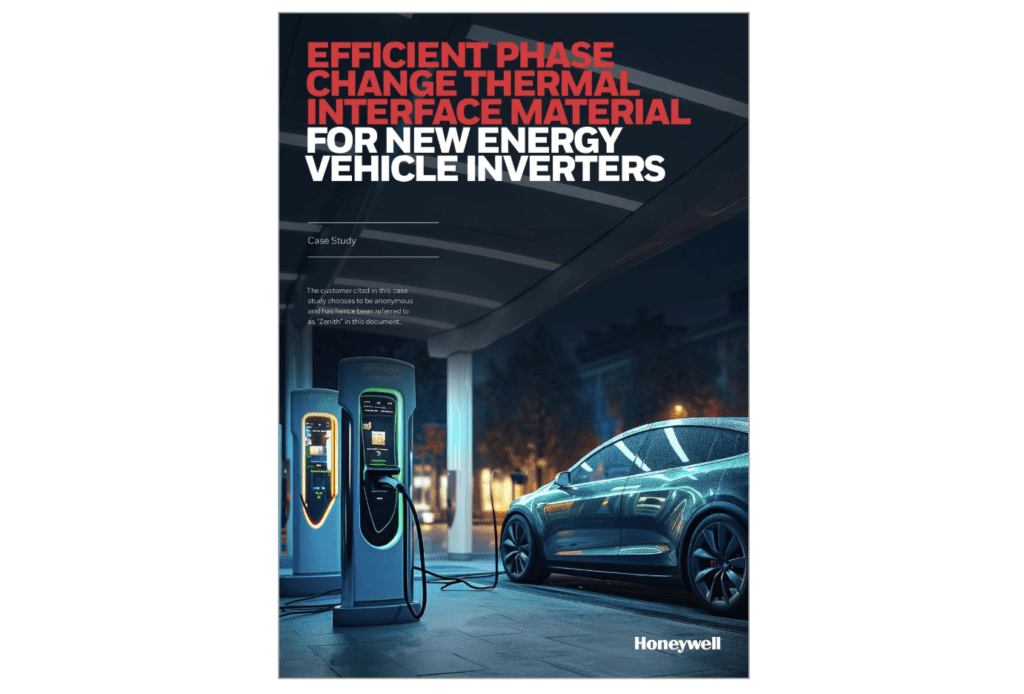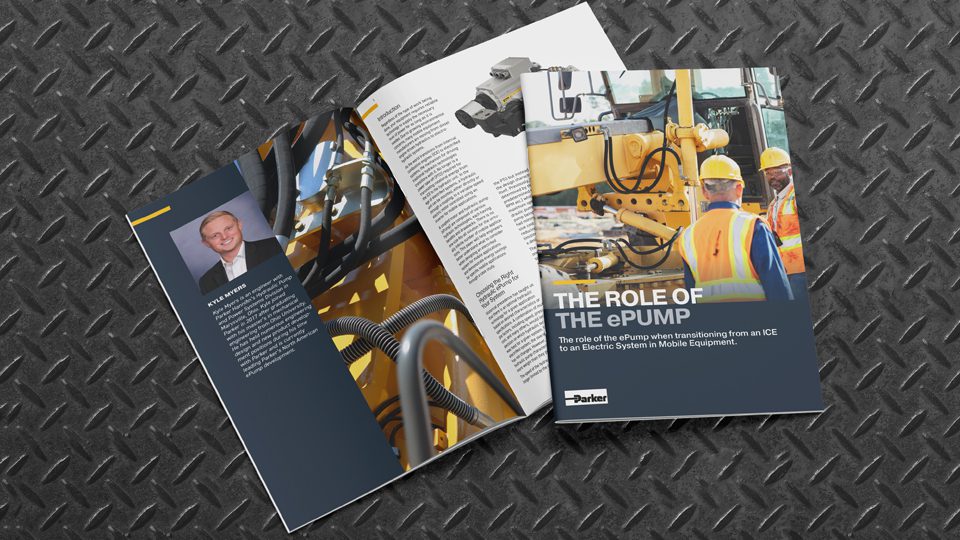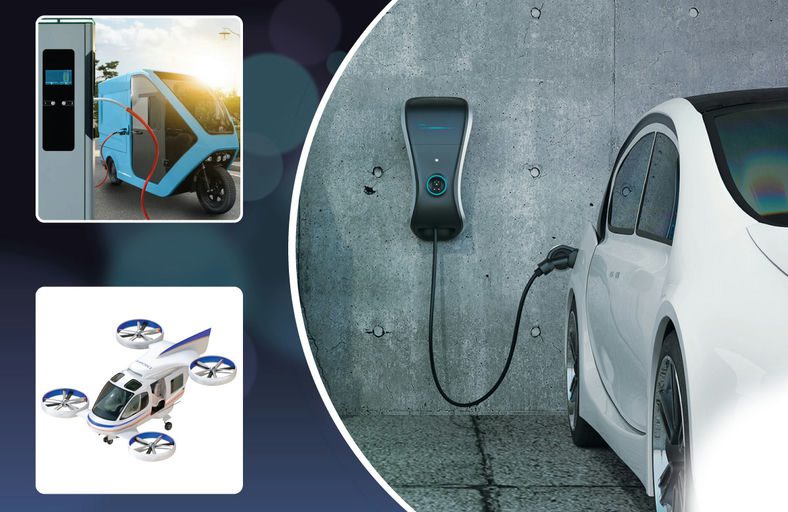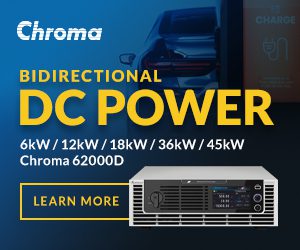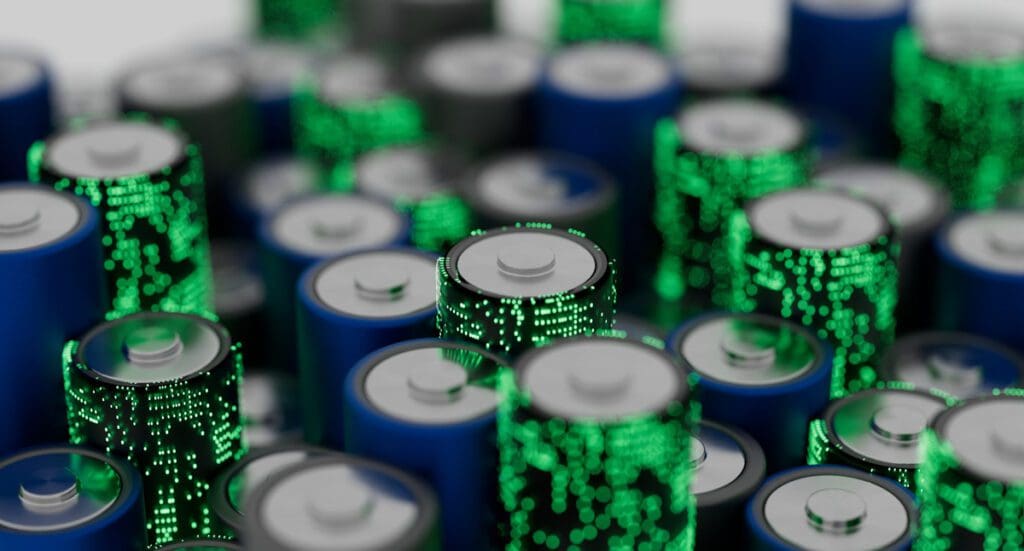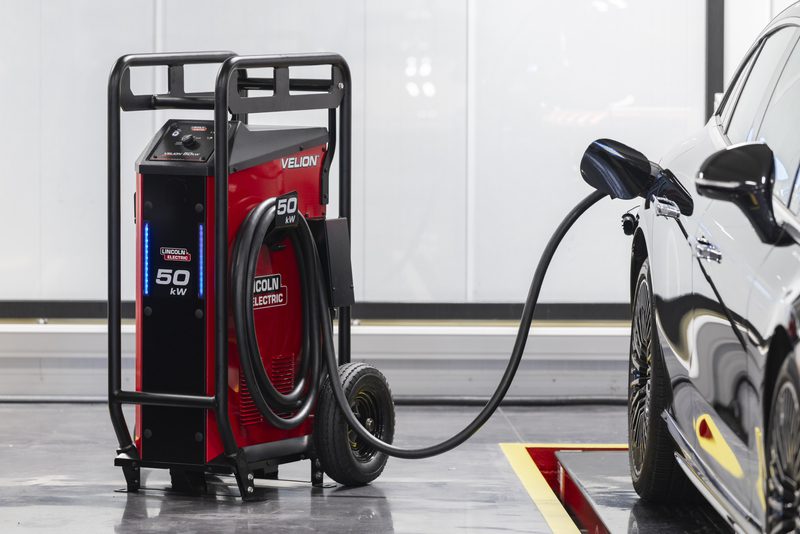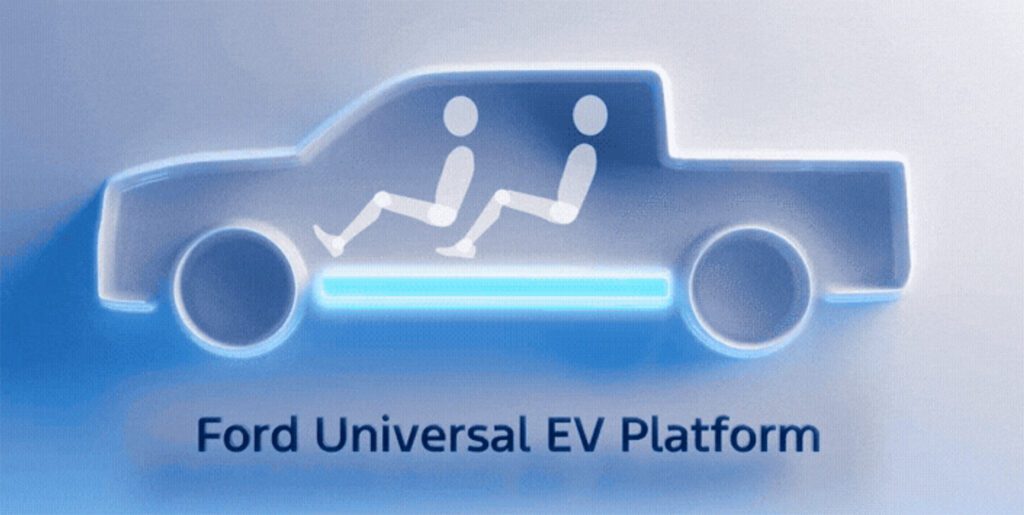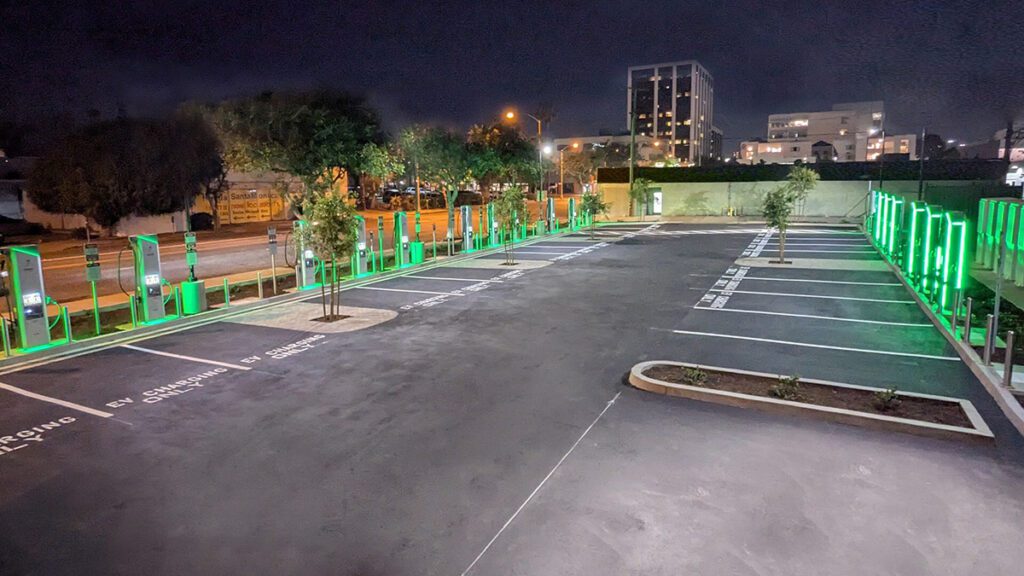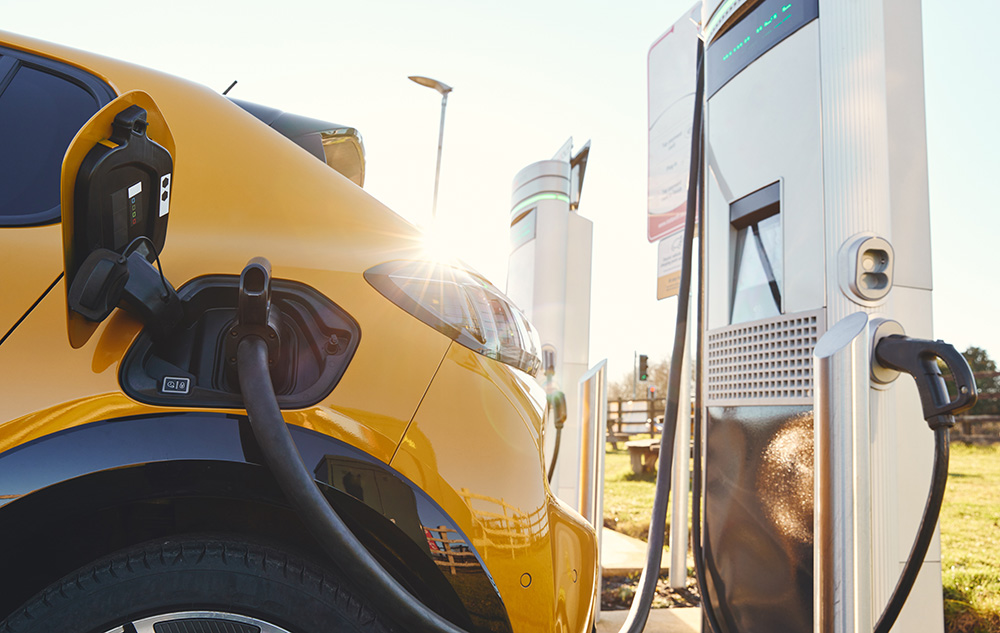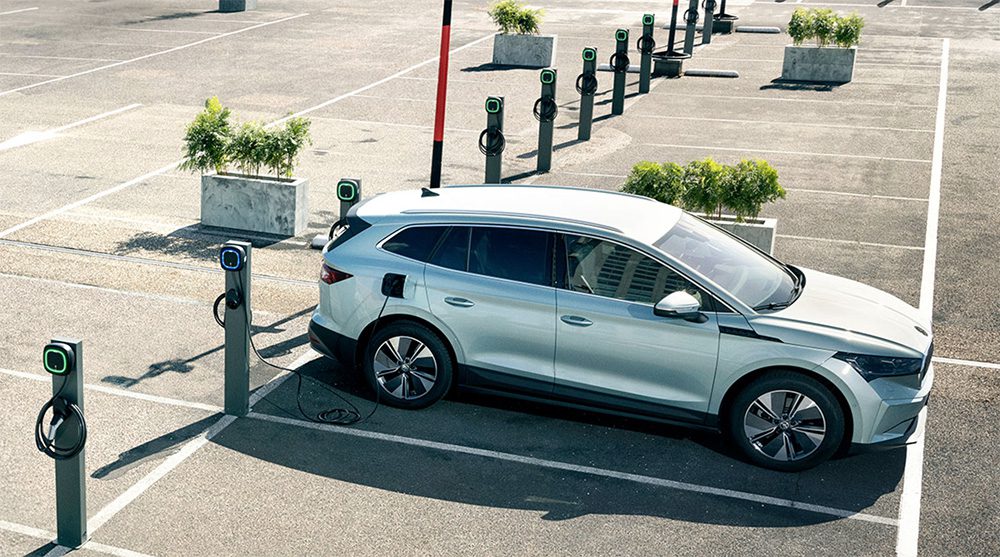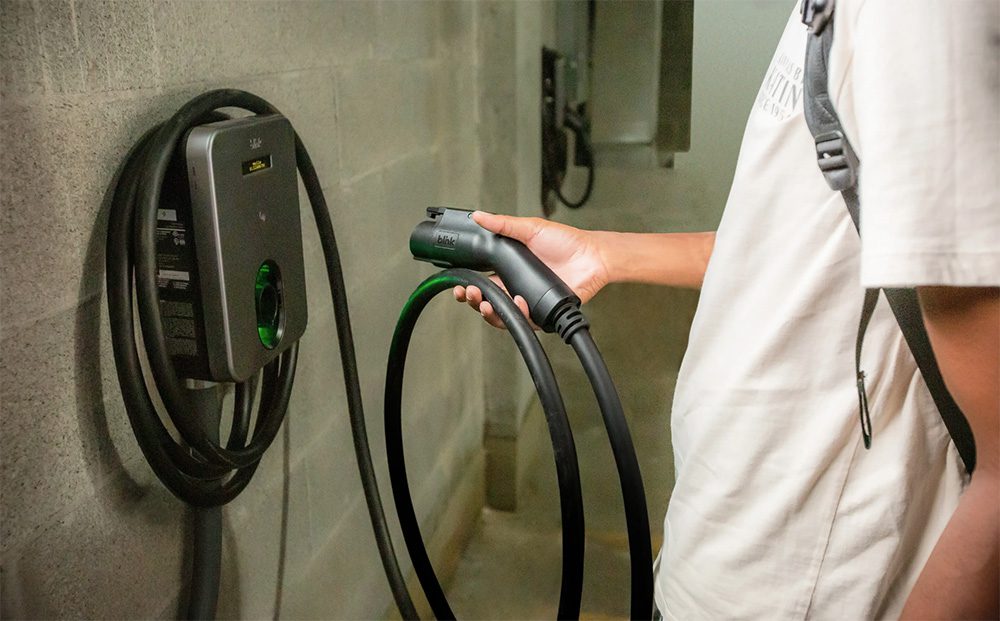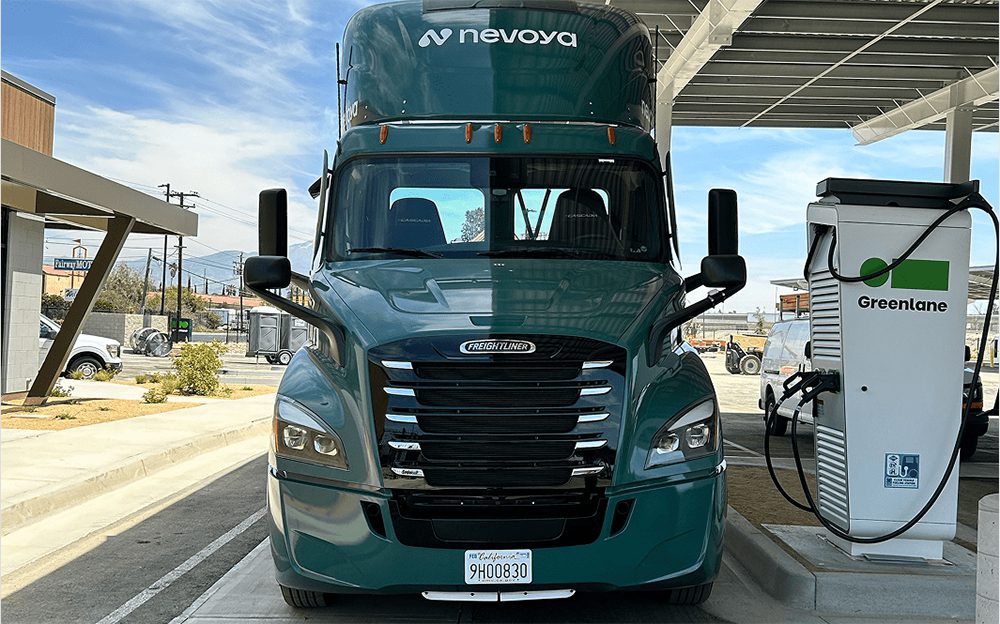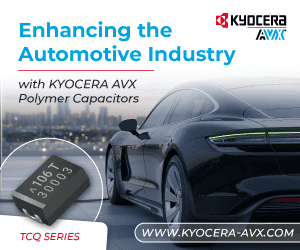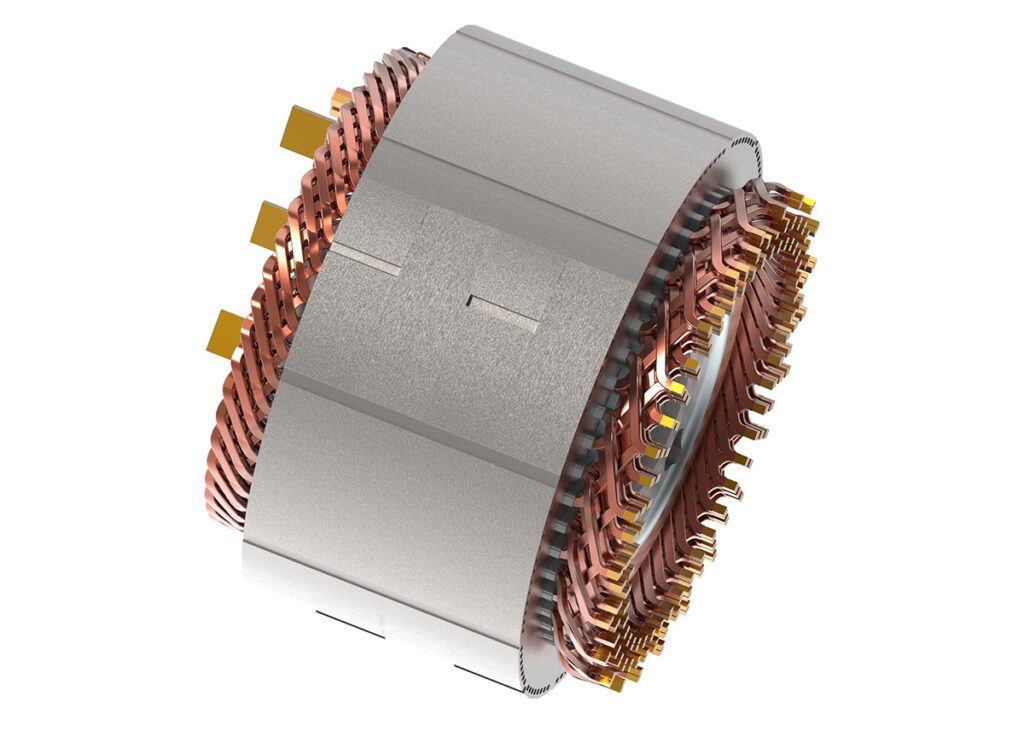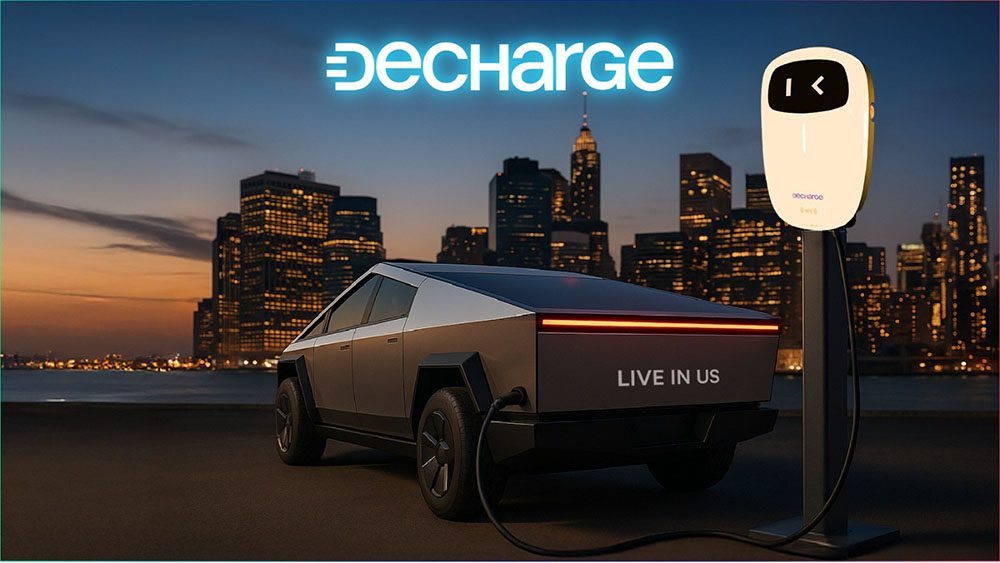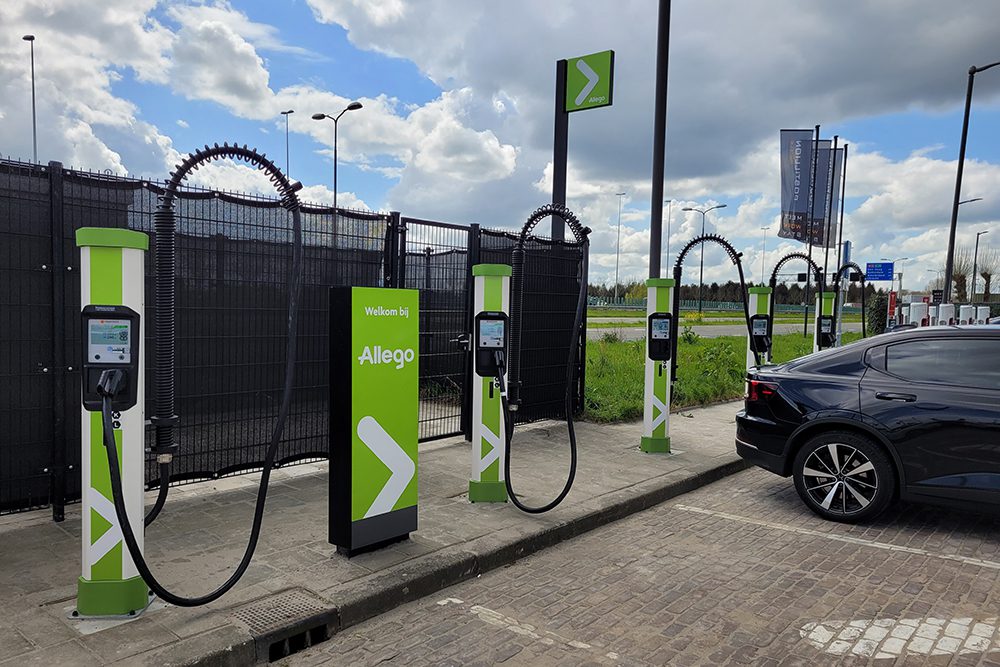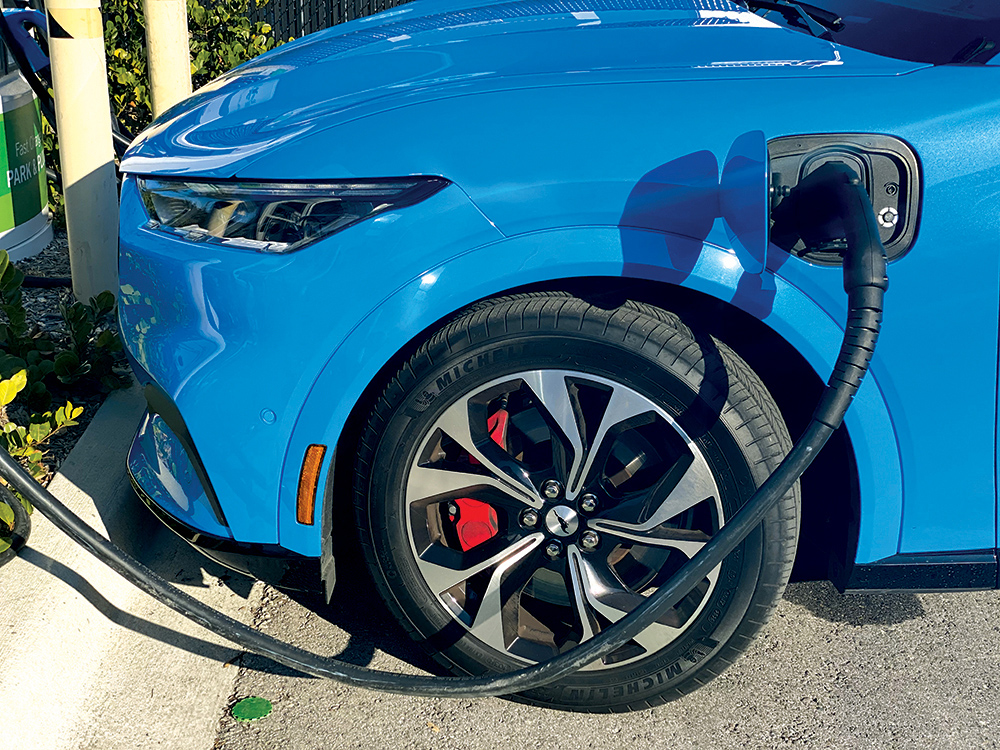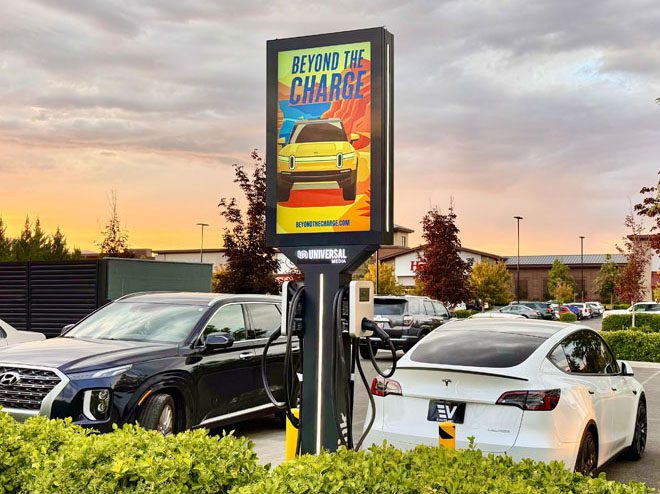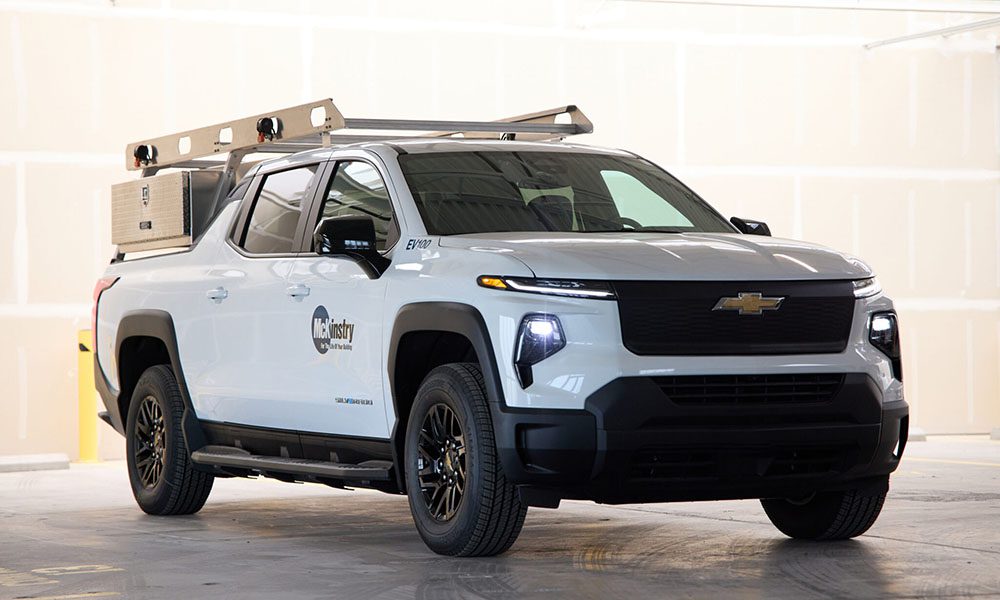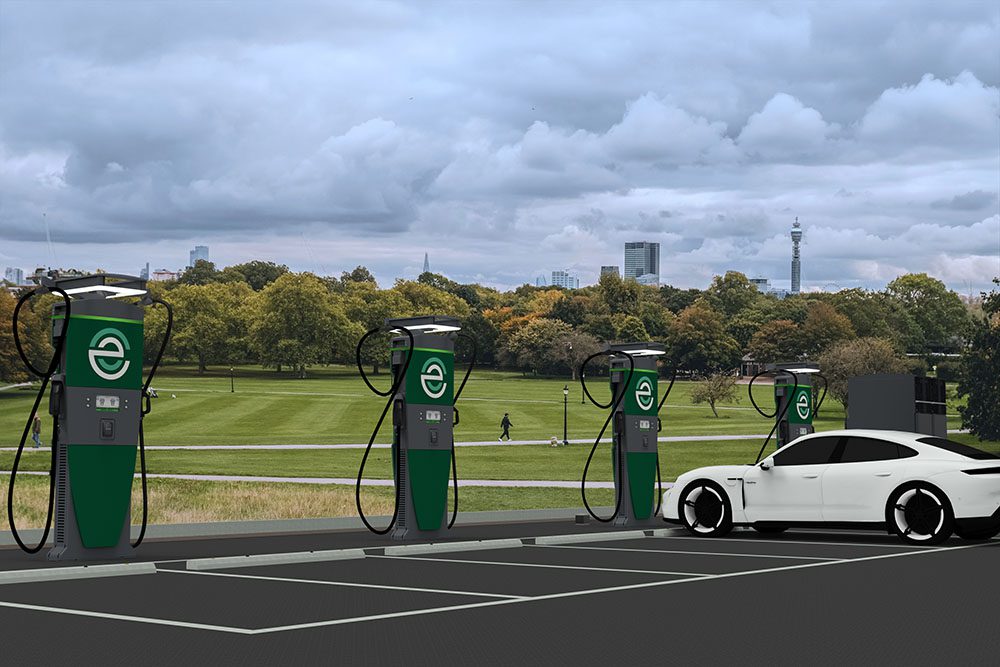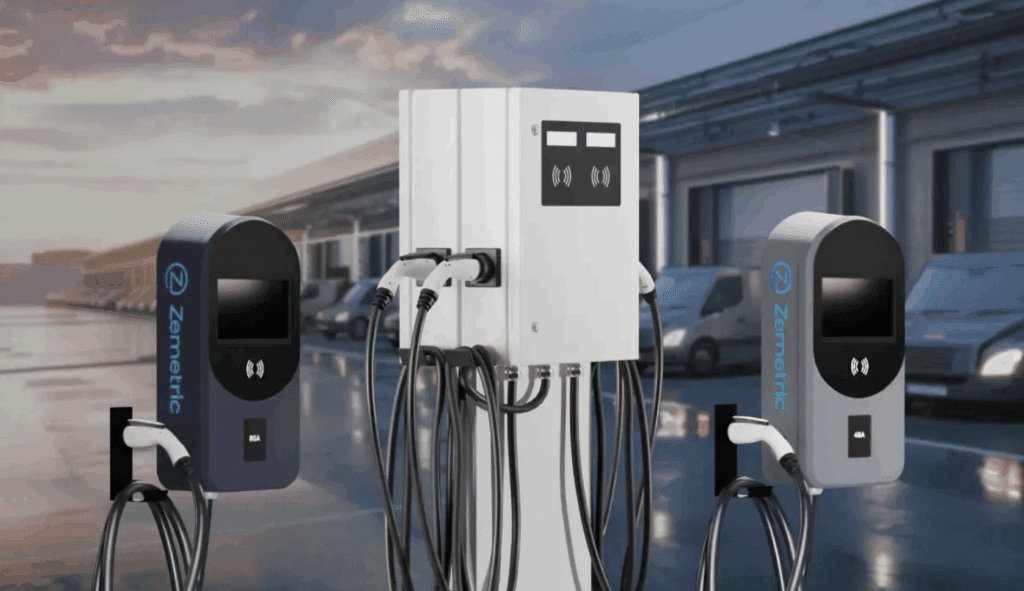Knowles Precision Devices has announced the availability of its latest Electric Double Layer Capacitor (EDLC), or supercapacitor, modules. Based on Knowles’ Cornell Dubilier brand DGH and DSF Series supercapacitors, these capacitors use a three-cell package for higher operating voltages and printed circuit board space savings.
Knowles acquired Cornell Dubilier in 2023 to expand its offering of film, electrolytic and mica capacitors. Supercapacitors provide very fast power discharge that cannot be matched by conventional capacitors or batteries, making it possible for them to support brief power interruptions, supplement batteries, or even be used in place of batteries in some applications. These supercapacitors are ideal for EV transportation power and many other energy storage applications, according to the company.
The new supercapacitors offer a notable jump in voltage rating over typical radial-mount supercapacitors, up to 9.0 WVDC. A key feature of the new DGH and DSF Series products is the three-cell radial-leaded package. Compared to single- or dual-cell supercapacitors, the compact design saves space and allows for much higher operating voltages. Both series include capacitance values from 0.33 to 5 Farads. Multiple devices can be banked for even higher capacitance or voltage.
From a performance standpoint, both series offer high energy density and extremely low self-discharge rates. Both series are also tolerant of wide-ranging operational environments, with operating temperature ranges from -40° C to +65° C for DGH 8.1 V/DSF 9.0 V and -40° C to +85° C for DGH 6.9 V/DSF 7.5 V. Low equivalent series resistance (ESR) minimizes energy loss for high efficiency.
These supercapacitors are designed to withstand over 500,000 charge/discharge cycles. Operating life is expected to be up to 10 years.
All items are in distributor stock.
Source: Knowles Precision Devices

